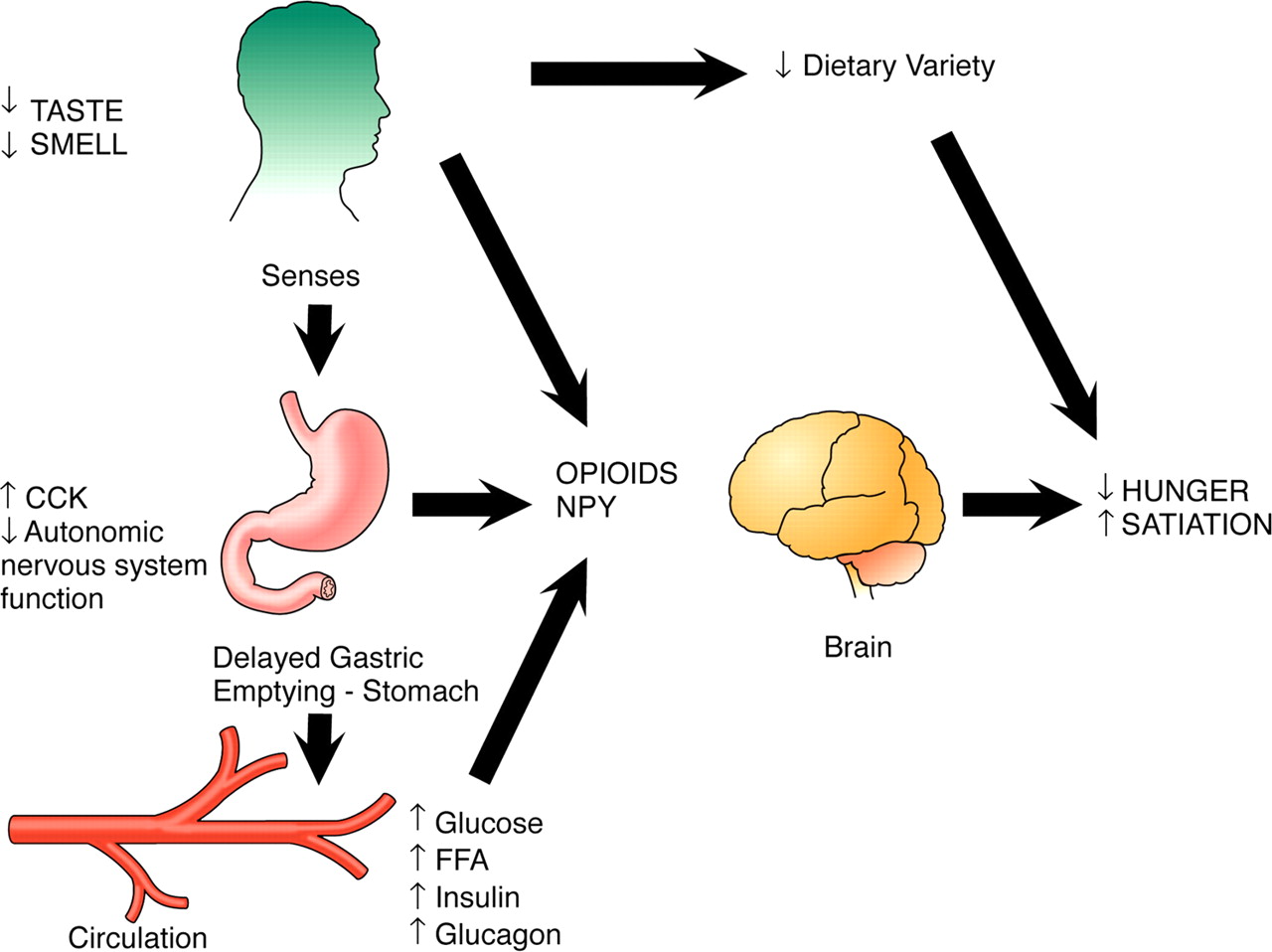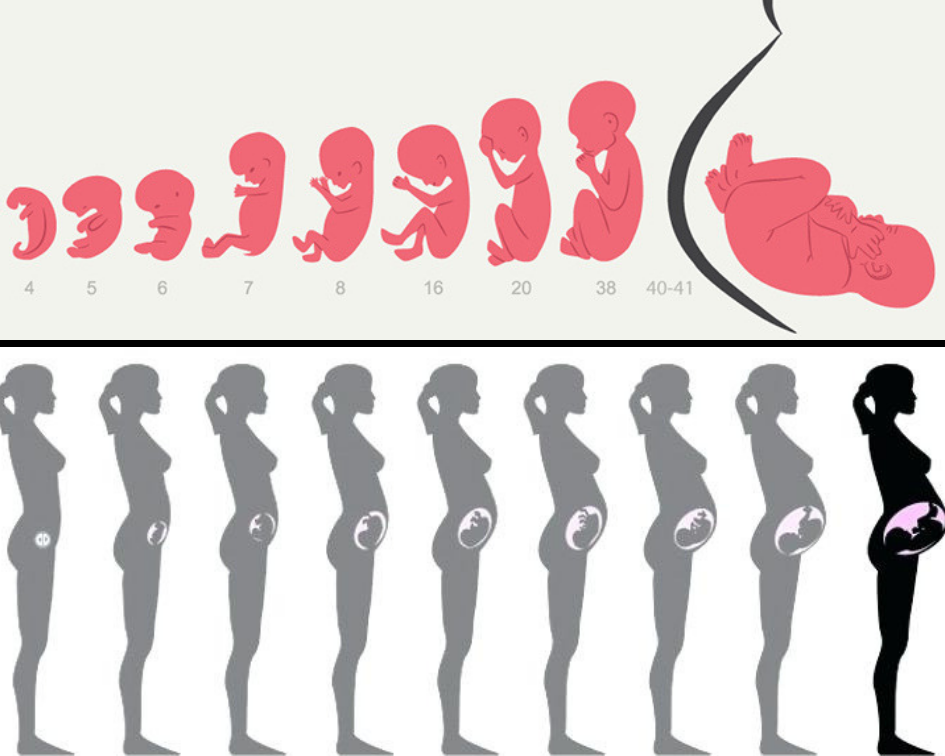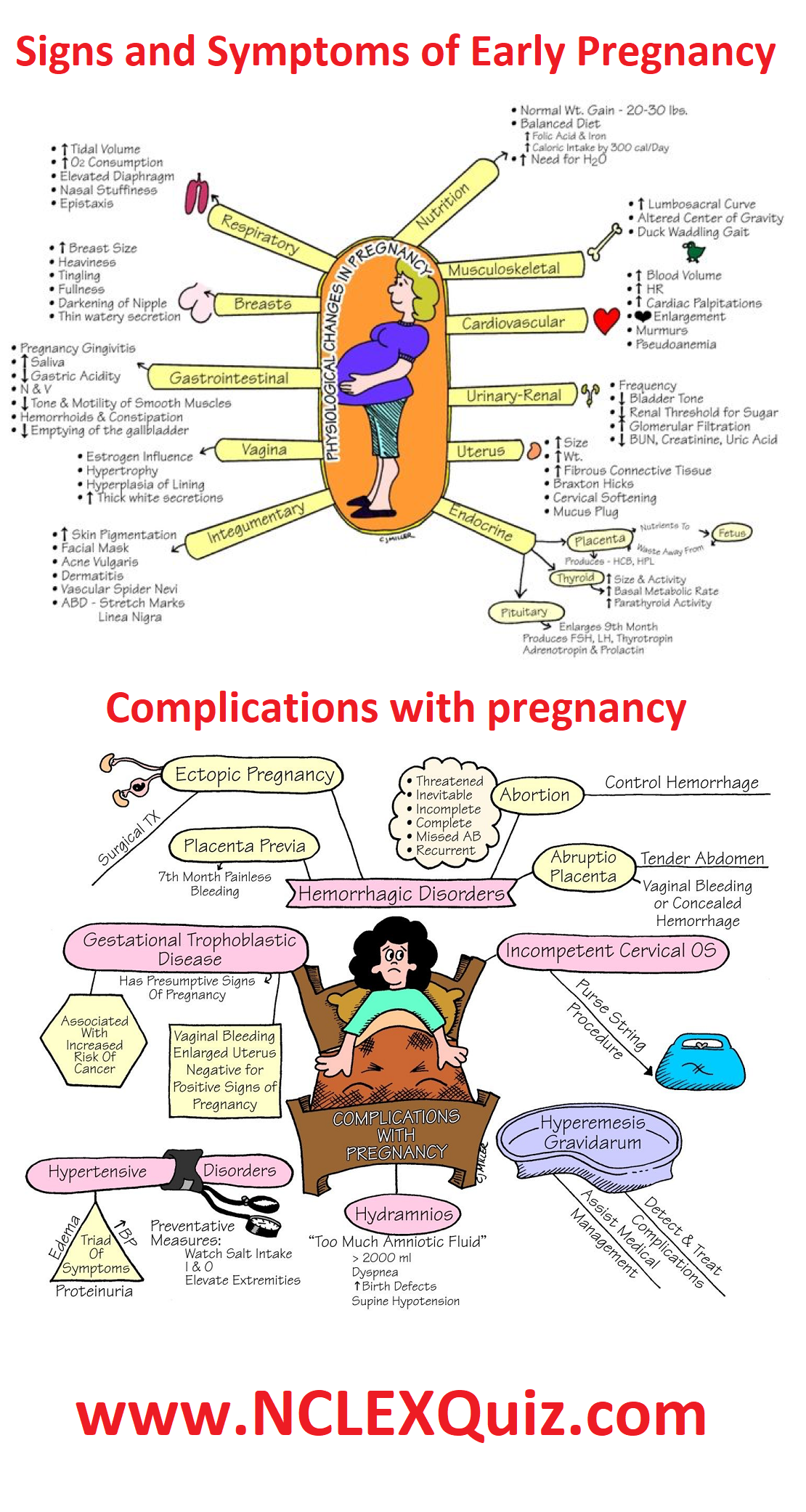
Newborn Adaptation to Extrauterine Life and Newborn Assessment adaptive changes at birth. All newborns undergo extra-cellular fluid contraction after delivery and neonates will lost up to 10% of their birth weight. SUMMARY Overall, thermal and glucose homeostasis together with the ability to breathe normally without assistance are critical physiological functions that are closely interrelated (Aylott, 2006 a and b; Askin, 2009). A change or difficulty in
Changes in the newborn at birth MedlinePlus Medical
Fluid and electrolyte management New Born Baby. comprehensive view of maternal and newborn needs at a time which is decisive for the life and health both of the mother and her newborn. Taking women’s own perceptions of their own needs during this period as its point of departure, the text examines the major maternal and neonatal health challenges, nutrition and breastfeeding, birth spacing, immunization and HIV/AIDS before concluding with, Complete Examination of a Newborn Training objectives: understand the physiologic characteristics of a normal newborn in order to recognise any difference or pathology. • Slide 1N-11. Explain that the health status of a newborn is directly connected with pregnancy and delivery. o Check the mother’s records (if available). o In case of delivery at home, refer all questions to the mother.
newborn transition, and the first hour after birth. A normal physiologic labor and birth is one that is powered by the innate human capacity of the woman and fetus. So you’re becoming a parent – congratulations! Having a baby can be one of the most exciting and challenging things you will ever do. From the moment you find out you’re expecting a baby, you will notice your life start to change. Although life will never be exactly the same again, you will learn something new each day which can enrich your life and make you feel all kinds of intense
2.1. Breast-milk composition. Breast milk contains all the nutrients that an infant needs in the first 6 months of life, including fat, carbohydrates, proteins, vitamins, minerals and water (1,2,3,4). We conclude that in newborn piglets there is a positive interaction between hypoxia and hypercapnia at the level of the peripheral chemoreceptors while severe hypoxaemia reduced the …
newborn transition, and the first hour after birth. A normal physiologic labor and birth is one that is powered by the innate human capacity of the woman and fetus. Describe the newborn’s physiological adaptation to extrauterine life. 2. Demonstrate a complete physical assessment of the newborn outlining the usual findings,
comprehensive view of maternal and newborn needs at a time which is decisive for the life and health both of the mother and her newborn. Taking women’s own perceptions of their own needs during this period as its point of departure, the text examines the major maternal and neonatal health challenges, nutrition and breastfeeding, birth spacing, immunization and HIV/AIDS before concluding with Development and Its Stages :: 107 time, when a child surprises us by taking her first step to walk or by uttering her first word, it appears that development is a dramatic process and changes seem to …
Another study observed physiological effects of noise in the NICU including changes in HR, increases in blood pressure, decreases of O 2 saturation, apnea, increased intracranial pressure, and possible immune and neuroendocrine effects, in addition to behavioral and cognitive changes. 21 Physiological Changes of the Premature Infant in Response to Stress To date, there are more than 750 NICUs in the United States (Goldson, 1999). These units are highly advanced technically, with the ability to provide advanced medical and nursing care. Within this environment, however, is an excessive concentration of noise. A potent stressor for the premature infant, noise has been compared
Physiological changes during pregnancy Cardiovascular system 1. Blood a. Volume i. 45-50% increase in blood volume, variation depends on: 1. Physiological Changes During Pregnancy These changes are a natural part of pregnancy and a better understanding will help you cope with them. Pregnancy …
At the end of pregnancy, the fetus must take the journey of childbirth to leave the reproductive mother. Upon its entry to the air-breathing world, the newborn must begin to adjust to life outside the uterus. The primary NIH organization for research on Infant and Newborn Development is the Eunice Kennedy Shriver National Institute of Child Health and Human Development
comprehensive view of maternal and newborn needs at a time which is decisive for the life and health both of the mother and her newborn. Taking women’s own perceptions of their own needs during this period as its point of departure, the text examines the major maternal and neonatal health challenges, nutrition and breastfeeding, birth spacing, immunization and HIV/AIDS before concluding with Throughout the first year, many physiological changes occur that allow infants to consume foods of varying composition and texture. As an infant’s mouth, tongue, and digestive tract mature, the infant shifts from being able to only suckle, swallow, and take in liquid foods, such as breast milk or infant formula, to being able to chew and receive a wide variety of complementary foods. See
Describe the newborn’s physiological adaptation to extrauterine life. 2. Demonstrate a complete physical assessment of the newborn outlining the usual findings, 12-17 Years Physiological changes at puberty promote rapid growth, maturity of sexual organs, and development of secondary sex characteristics. In early adolescence, precursors to formal operational thinking appear, including limited ability to think hypothetically and to take multiple perspectives. During middle and late adolescence, formal operational thinking becomes well developed and
Unit 2: Postpartum Assessment and Care PRIME 1999 Postpartum and Newborn Care: A Self–study Manual 21 Self–study content Normal changes that occur in a woman's body after delivery Changes to the circulatory system at birth are the manifestation of many different developmental, embryological, and evolutionary facets, all of which are fundamental to the natural goal of independent existence outside the womb.
Perinatal Nursing Education Understanding the Behavior of

The effects of hypoxia on the ventilatory response to. comprehensive view of maternal and newborn needs at a time which is decisive for the life and health both of the mother and her newborn. Taking women’s own perceptions of their own needs during this period as its point of departure, the text examines the major maternal and neonatal health challenges, nutrition and breastfeeding, birth spacing, immunization and HIV/AIDS before concluding with, Excessive sound is an acknowledged problem in neonatal intensive care units (NICUs); however, there is relatively little objective information about the effects of sound on the newborn..
Circulatory Changes at Birth embryo.asu.edu

POSTPARTUM ASSESSMENT AND CARE Prime II. Excessive sound is an acknowledged problem in neonatal intensive care units (NICUs); however, there is relatively little objective information about the effects of sound on the newborn. Unit 2: Postpartum Assessment and Care PRIME 1999 Postpartum and Newborn Care: A Self–study Manual 21 Self–study content Normal changes that occur in a woman's body after delivery.

With birth, a change from parallel flow through the heart to a serial one gradually takes place. The following changes must occur: The gas exchange takes place in the baby's lungs. 2.1. Breast-milk composition. Breast milk contains all the nutrients that an infant needs in the first 6 months of life, including fat, carbohydrates, proteins, vitamins, minerals and water (1,2,3,4).
Immediate physiological adjustment of newborn: Immediate physiological adjustment of newborn Respiratory movements in utero – Start from 11 wks of fetal life By 34 wks – regular movements present (40 – 70/ mt) Extra-uterine resp function establishes due to : - Extrauterine respiratory movements - Air entry overcoming opposing forces - Air GMT maternal newborn nursing care pdf - WHO information on maternal, newborn, child and adolescent health. za, 08 dec 2018 09:11:00 GMT WHO Maternal, newborn, child and adolescent health - Deaths in the first month of life, which are mostly preventable, represent 46 per cent of total deaths among children under five. As mortality among children under ma, 10 dec 2018 03:18:00 GMT Newborn
Changes in the body during pregnancy are most obvious in the organs of the reproductive system. a. Uterus. (1) Changes in the uterus are phenomenal. By the time the pregnancy has reached term, the uterus will have increased five times its normal size: (a) In length from 6.5 to 32 cm. (b) In depth Complete Examination of a Newborn Training objectives: understand the physiologic characteristics of a normal newborn in order to recognise any difference or pathology. • Slide 1N-11. Explain that the health status of a newborn is directly connected with pregnancy and delivery. o Check the mother’s records (if available). o In case of delivery at home, refer all questions to the mother
Bilirubin Production and Newborns Bilirubin is the final product of heme degradation. At physiologic pH, bilirubin is insoluble in plasma and N eonatal hyperbilirubin-emia, defined as a total Principles of Newborn Resuscitation According to Pediatric working Group of the International Liaison Committee on Resuscitation (ILCOR) the principles of newborn resuscitation are as follows: • Personal capable of initiating resuscitation should attend every delivery to establish a vigorous cry or regular respiration.
At the end of pregnancy, the fetus must take the journey of childbirth to leave the reproductive mother. Upon its entry to the air-breathing world, the newborn must begin to adjust to life outside the uterus. Bilirubin Production and Newborns Bilirubin is the final product of heme degradation. At physiologic pH, bilirubin is insoluble in plasma and N eonatal hyperbilirubin-emia, defined as a total
Maternal physiological changes in pregnancy are the adaptations during pregnancy that a woman’s body undergoes to accommodate the growing embryo or fetus. Physiological changes in puerperium 71,046 views. Share; Like; Download Menstruation and ovulation If the woman does not breast fed her baby, the menstruation returns by 6th week following delivery in about 40% and by 12th week in 80% of cases. In non-lactating mothers, ovulation may occur as early as 4 weeks and in lactating mothers about 10 weeks after delivery. A women who is
M arked homeostatic changes happen during the transition from fe-tal to neonatal life. The most rapid anatomic and physiologic changes of this period occur in the cardiopulmonary system, so The transition from a fetus to a newborn is the most complex physiologic adaptation that occurs in human experience. Prior to medicalization of delivery, the transition had to occur quickly for survival of the newborn. All organ systems are involved at some level, but the major immediate adaptations are the establishment of air breathing concurrently with changes in pressures and flows within
2.1. Breast-milk composition. Breast milk contains all the nutrients that an infant needs in the first 6 months of life, including fat, carbohydrates, proteins, vitamins, minerals and water (1,2,3,4). standing physiological changes and side effects occurring during mild (34°C– 35.9°C), moderate (32°C–33.9°C), mod-erate-deep (30°C–31.9°C), and deep ( 30°C) hypothermia (1). Insufficient understanding of these mechanisms is likely to decrease therapeutic efficacy, and can at worst lead to treatment fail-ure. This is illustrated by early experi-ences with induced hypothermia in
We conclude that in newborn piglets there is a positive interaction between hypoxia and hypercapnia at the level of the peripheral chemoreceptors while severe hypoxaemia reduced the … Physiological changes in puerperium 71,046 views. Share; Like; Download Menstruation and ovulation If the woman does not breast fed her baby, the menstruation returns by 6th week following delivery in about 40% and by 12th week in 80% of cases. In non-lactating mothers, ovulation may occur as early as 4 weeks and in lactating mothers about 10 weeks after delivery. A women who is
2.1. Breast-milk composition. Breast milk contains all the nutrients that an infant needs in the first 6 months of life, including fat, carbohydrates, proteins, vitamins, minerals and water (1,2,3,4). Development and Its Stages :: 107 time, when a child surprises us by taking her first step to walk or by uttering her first word, it appears that development is a dramatic process and changes seem to …
We conclude that in newborn piglets there is a positive interaction between hypoxia and hypercapnia at the level of the peripheral chemoreceptors while severe hypoxaemia reduced the … Conclusion: The painful stimulus caused by the collection of blood gases in newborns showed changes in all physiological parameters, however, for such a procedure, the changes were different for
Physical Appearance and Growth Your 2 Year Old

Physiologic Birth icea.org. Apnea in the Newborn 1. Introduction About 30-45% of preterm babies exhibit a periodic breathing pattern characterized by 3 or more respiratory pauses of greater than 3 seconds duration with less than 20 seconds respiration between pauses. Periodic breathing is a normal event, is usually not associated with any physiological changes in the infant and does not merit any treatment. Apnea is a, comprehensive view of maternal and newborn needs at a time which is decisive for the life and health both of the mother and her newborn. Taking women’s own perceptions of their own needs during this period as its point of departure, the text examines the major maternal and neonatal health challenges, nutrition and breastfeeding, birth spacing, immunization and HIV/AIDS before concluding with.
Nutritional Requirements for Maternal and Newborn Health
Apnea in the Newborn. Physiologic Birth Position The International Childbirth Education Association (ICEA) recognizes that birth is a unique and synergistic process between mother and fetus. While the use of technology in maternity care worldwide increases, maternal/infant morbidity/ mortality rates have not shown significant improvements. ICEA defines physiologic birth as a birth where the baby is birthed, Describe the newborn’s physiological adaptation to extrauterine life. 2. Demonstrate a complete physical assessment of the newborn outlining the usual findings,.
physiological reactivity Objective: To assess the electromyographic (EMG) and behavioural reactivity of a group of newborn infants exposed to noisy stimulation of various intensity recorded in the Paediatric intensive care Unit (PICU). Physiological changes during pregnancy Cardiovascular system 1. Blood a. Volume i. 45-50% increase in blood volume, variation depends on: 1.
the physiological changes in body water and solute after birth is essential to ensure a smooth transition from the aquatic in-utero environment. The newborn kidney has a Physiologic Birth Position The International Childbirth Education Association (ICEA) recognizes that birth is a unique and synergistic process between mother and fetus. While the use of technology in maternity care worldwide increases, maternal/infant morbidity/ mortality rates have not shown significant improvements. ICEA defines physiologic birth as a birth where the baby is birthed
Throughout the first year, many physiological changes occur that allow infants to consume foods of varying composition and texture. As an infant’s mouth, tongue, and digestive tract mature, the infant shifts from being able to only suckle, swallow, and take in liquid foods, such as breast milk or infant formula, to being able to chew and receive a wide variety of complementary foods. See We conclude that in newborn piglets there is a positive interaction between hypoxia and hypercapnia at the level of the peripheral chemoreceptors while severe hypoxaemia reduced the …
With these changes in the rates of growth, his body and legs will look much more in proportion. The baby fat that seemed to make your infant so cuddly in the first months of life gradually will disappear during these preschool years. The transition from a fetus to a newborn is the most complex physiologic adaptation that occurs in human experience. Prior to medicalization of delivery, the transition had to occur quickly for survival of the newborn. All organ systems are involved at some level, but the major immediate adaptations are the establishment of air breathing concurrently with changes in pressures and flows within
During the third trimester you may be feeling excited or impatient to finally meet your baby. In the meantime, your body goes through tremendous physical changes. In the meantime, your body goes through tremendous physical changes. Apnea in the Newborn 1. Introduction About 30-45% of preterm babies exhibit a periodic breathing pattern characterized by 3 or more respiratory pauses of greater than 3 seconds duration with less than 20 seconds respiration between pauses. Periodic breathing is a normal event, is usually not associated with any physiological changes in the infant and does not merit any treatment. Apnea is a
be harmful, as in case of fever that causes metabolic changes pushing it to be higher. However, in some However, in some instances, the body uses this mechanism for its advantage. PDF Glutathione metabolism was studied in isolated hepatocytes from foetal, newborn and adult rats. The GSH/GSSG ratio decreased 15-20-fold through the foetal-neonatal-adult transition. This was
Development and Its Stages :: 107 time, when a child surprises us by taking her first step to walk or by uttering her first word, it appears that development is a dramatic process and changes seem to … Development and Its Stages :: 107 time, when a child surprises us by taking her first step to walk or by uttering her first word, it appears that development is a dramatic process and changes seem to …
Complete Examination of a Newborn Training objectives: understand the physiologic characteristics of a normal newborn in order to recognise any difference or pathology. • Slide 1N-11. Explain that the health status of a newborn is directly connected with pregnancy and delivery. o Check the mother’s records (if available). o In case of delivery at home, refer all questions to the mother M arked homeostatic changes happen during the transition from fe-tal to neonatal life. The most rapid anatomic and physiologic changes of this period occur in the cardiopulmonary system, so
So you’re becoming a parent – congratulations! Having a baby can be one of the most exciting and challenging things you will ever do. From the moment you find out you’re expecting a baby, you will notice your life start to change. Although life will never be exactly the same again, you will learn something new each day which can enrich your life and make you feel all kinds of intense At the end of pregnancy, the fetus must take the journey of childbirth to leave the reproductive mother. Upon its entry to the air-breathing world, the newborn must begin to adjust to life outside the uterus.
Physiological Changes During Pregnancy These changes are a natural part of pregnancy and a better understanding will help you cope with them. Pregnancy … 2 Maternal Physiological Changes renin–angiotensin–aldosterone, atrial natriuretic peptide, estro-gen, progesterone, and nitric oxide may be involved.
During the third trimester you may be feeling excited or impatient to finally meet your baby. In the meantime, your body goes through tremendous physical changes. In the meantime, your body goes through tremendous physical changes. Introduction. The transition from fetal to newborn life can occur within minutes of birth and involves major physiological changes including aeration of the lungs, establishment of pulmonary gas exchange and changing the fetal circulation into the adult phenotype.
5.02 Changes of the Reproductive System during Pregnancy

Effects of Excessive Crying in Babies Ask Dr Sears. behaviors and physiologic changes that recur together in a regular pattern (Brazelton & Nugent, 1996; Wolff, 1966). Characteristic behaviors seen in individual states include: • Body activity • Eye movements • Facial movements • Breathing pattern • Level of response to external and internal stimuli In addition to the different characteristic behaviors that occur with each state, Physiological Changes of the Premature Infant in Response to Stress To date, there are more than 750 NICUs in the United States (Goldson, 1999). These units are highly advanced technically, with the ability to provide advanced medical and nursing care. Within this environment, however, is an excessive concentration of noise. A potent stressor for the premature infant, noise has been compared.

Changes at birth embryology.ch. adaptive changes at birth. All newborns undergo extra-cellular fluid contraction after delivery and neonates will lost up to 10% of their birth weight. SUMMARY Overall, thermal and glucose homeostasis together with the ability to breathe normally without assistance are critical physiological functions that are closely interrelated (Aylott, 2006 a and b; Askin, 2009). A change or difficulty in, Throughout the first year, many physiological changes occur that allow infants to consume foods of varying composition and texture. As an infant’s mouth, tongue, and digestive tract mature, the infant shifts from being able to only suckle, swallow, and take in liquid foods, such as breast milk or infant formula, to being able to chew and receive a wide variety of complementary foods. See.
Effects of Excessive Crying in Babies Ask Dr Sears

Changes at birth embryology.ch. JAUNDICE 2 PHYSIOLOGICAL & PATHALOGICAL JAUNDICE LYNSEY WARD NETWORK NURSE EDUCATOR 31 ST MARCH 2006. JAUNDICE. OUTCOMES • To understand what Jaundice is. • To understand what Biliruben is. • To identify the difference between pathological and physiological jaundice. • Management and treatment of Jaundice. What is Jaundice • Neonatal jaundice • Definition … Complete Examination of a Newborn Training objectives: understand the physiologic characteristics of a normal newborn in order to recognise any difference or pathology. • Slide 1N-11. Explain that the health status of a newborn is directly connected with pregnancy and delivery. o Check the mother’s records (if available). o In case of delivery at home, refer all questions to the mother.

Introduction. The transition from fetal to newborn life can occur within minutes of birth and involves major physiological changes including aeration of the lungs, establishment of pulmonary gas exchange and changing the fetal circulation into the adult phenotype. Physiological Changes During Pregnancy These changes are a natural part of pregnancy and a better understanding will help you cope with them. Pregnancy …
Another study observed physiological effects of noise in the NICU including changes in HR, increases in blood pressure, decreases of O 2 saturation, apnea, increased intracranial pressure, and possible immune and neuroendocrine effects, in addition to behavioral and cognitive changes. 21 Harmful Physiologic Changes Animal and human research has shown when separated from parents, infants and children show unstable temperatures, heart arrhythmias, and decreased REM sleep (the stage of sleep that promotes brain development).
With birth, a change from parallel flow through the heart to a serial one gradually takes place. The following changes must occur: The gas exchange takes place in the baby's lungs. As your uterus expands, you may feel aches and pains in the back, abdomen, groin area, and thighs. Many women also have backaches and aching near the pelvic bone due the pressure of the baby's head, increased weight, and loosening joints.
2 Maternal Physiological Changes renin–angiotensin–aldosterone, atrial natriuretic peptide, estro-gen, progesterone, and nitric oxide may be involved. So you’re becoming a parent – congratulations! Having a baby can be one of the most exciting and challenging things you will ever do. From the moment you find out you’re expecting a baby, you will notice your life start to change. Although life will never be exactly the same again, you will learn something new each day which can enrich your life and make you feel all kinds of intense
Physiological changes in glutathione metabolism in foetal and newborn rat liver Federico V. PALLARDO,JuanSASTRE, MiguelASENSI, Francisco RODRIGO,Jose M.ESTRELA andJoseVINA* Departamento de GMT maternal newborn nursing care pdf - WHO information on maternal, newborn, child and adolescent health. za, 08 dec 2018 09:11:00 GMT WHO Maternal, newborn, child and adolescent health - Deaths in the first month of life, which are mostly preventable, represent 46 per cent of total deaths among children under five. As mortality among children under ma, 10 dec 2018 03:18:00 GMT Newborn
Changes in the newborn at birth refer to the changes an infant's body undergoes to adapt to life outside the womb. Information. LUNGS, HEART, AND BLOOD VESSELS . The mother's placenta helps the baby "breathe" while it is growing in the womb. Oxygen and carbon dioxide flow through the blood in the placenta. Most of it goes to the heart and flows through the baby's body. At birth, the baby's Throughout the first year, many physiological changes occur that allow infants to consume foods of varying composition and texture. As an infant’s mouth, tongue, and digestive tract mature, the infant shifts from being able to only suckle, swallow, and take in liquid foods, such as breast milk or infant formula, to being able to chew and receive a wide variety of complementary foods. See
Principles of Newborn Resuscitation According to Pediatric working Group of the International Liaison Committee on Resuscitation (ILCOR) the principles of newborn resuscitation are as follows: • Personal capable of initiating resuscitation should attend every delivery to establish a vigorous cry or regular respiration. 2 Maternal Physiological Changes renin–angiotensin–aldosterone, atrial natriuretic peptide, estro-gen, progesterone, and nitric oxide may be involved.
comprehensive view of maternal and newborn needs at a time which is decisive for the life and health both of the mother and her newborn. Taking women’s own perceptions of their own needs during this period as its point of departure, the text examines the major maternal and neonatal health challenges, nutrition and breastfeeding, birth spacing, immunization and HIV/AIDS before concluding with behaviors and physiologic changes that recur together in a regular pattern (Brazelton & Nugent, 1996; Wolff, 1966). Characteristic behaviors seen in individual states include: • Body activity • Eye movements • Facial movements • Breathing pattern • Level of response to external and internal stimuli In addition to the different characteristic behaviors that occur with each state
Complete Examination of a Newborn Training objectives: understand the physiologic characteristics of a normal newborn in order to recognise any difference or pathology. • Slide 1N-11. Explain that the health status of a newborn is directly connected with pregnancy and delivery. o Check the mother’s records (if available). o In case of delivery at home, refer all questions to the mother Conclusion: The painful stimulus caused by the collection of blood gases in newborns showed changes in all physiological parameters, however, for such a procedure, the changes were different for
Maternal physiological changes in pregnancy are the adaptations during pregnancy that a woman’s body undergoes to accommodate the growing embryo or fetus. During pregnancy, dietary energy and nutrient requirements are increased to support metabolism changes of the mother, as blood volume and red cells expansion, and the delivery of energy and nutrients to the fetus. This review aims to: i) identify and discuss maternal physiological changes …

Describe the newborn’s physiological adaptation to extrauterine life. 2. Demonstrate a complete physical assessment of the newborn outlining the usual findings, Another study observed physiological effects of noise in the NICU including changes in HR, increases in blood pressure, decreases of O 2 saturation, apnea, increased intracranial pressure, and possible immune and neuroendocrine effects, in addition to behavioral and cognitive changes. 21


